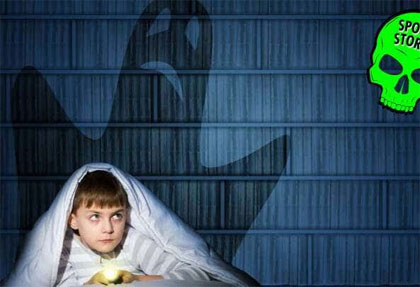
DNA Confirms Living Great-Grandson Of Legendary Sitting Bull In First-Of-Its-Kind Study
 Tom Hale
Tom Hale
By Tom Hale
27 Oct 2021, 19:00
DNA taken from a lock of hair has been used to back up a man’s claim that he is the great-grandson of legendary Native American leader Sitting Bull, who led Lakota warriors during years of resistance against the US government, including the Battle of Little Big Horn in 1876. This is the first time ancient DNA has been used to prove a living person is related to a historical figure.
Reporting in the journal Science Advances, scientists used a new method that can analyze family lineages from ancient DNA fragments using “autosomal” non-gender specific DNA, meaning genetic matches can be checked whether the ancestor is from the mother or father’s side. After 14 years of trying to find a way to extract usable DNA from a small fragment of Sitting Bull’s hair, they succeeded and compared this autosomal DNA to genome-wide data taken from Ernie LaPointe, who is very much alive and widely believed to be Sitting Bull’s closest living descendent, as well as other members of the Lakota Sioux people.
 Can You Really Be Scared To Death? – IFLScience
Can You Really Be Scared To Death? – IFLScience
The study showed that LaPointe was indeed the great-grandson of Sitting Bull and his closest living relative.
“Over the years, many people have tried to question the relationship that I and my sisters have to Sitting Bull,” Lapointe said in a statement. Now, there is no question to his claim of the bloodline. Lapointe believes Sitting Bull’s remains are currently buried in Mobridge, South Dakota, in a place that has little connection to his culture or their traditions. He hopes this new legitimacy will help efforts to repatriate the remains to a more appropriate location. siting bull hair.
 The lock of hair was stored at Washington’s Smithsonian Museum for over a century before it was returned to Lapointe and his sisters in 2007. Image credit: Eske Willerslev.
The lock of hair was stored at Washington’s Smithsonian Museum for over a century before it was returned to Lapointe and his sisters in 2007. Image credit: Eske Willerslev.
Tatanka-Iyotanka, or Sitting Bull, (1831-1890) was a leader of the Lakota Sioux people who famously led 1,500 warriors against General Custer and the US Army at the Battle of the Little Bighorn in 1876. The Native American victory is considered a proud symbol of resistance against the colonization of North America and a significant moment in American history. Fourteen years after the battle, Sitting Bull was shot dead by the “Indian Police,” acting on behalf of the US government.
“Sitting Bull has always been my hero, ever since I was a boy. I admire his courage and his drive. That’s why I almost choked on my coffee when I read in a magazine in 2007 that the Smithsonian Museum had decided to return Sitting Bull’s hair to Ernie Lapointe and his three sisters, in accordance with new US legislation on the repatriation of museum objects,” said Professor Eske Willerslev from the University of Cambridge and Lundbeck Foundation GeoGenetics Centre.
“I wrote to Lapointe and explained that I specialised in the analysis of ancient DNA, and that I was an admirer of Sitting Bull, and I would consider it a great honour if I could be allowed to compare the DNA of Ernie and his sisters with the DNA of the Native American leader’s hair when it was returned to them.”
The researchers hope their work shows how searching for autosomal DNA could also be used to crack all kinds of historical mysteries. Since autosomal DNA is inherited from both the mother and father, it differs from traditional approaches to DNA analysis that look for a genetic match between specific DNA in the Y chromosome passed down from father to son, or, if the deceased was female, specific DNA in the mitochondria passed from a mother to child. In both of these cases, conventional DNA analysis would not have been able to link Lapointe to Sitting Bull.
“In principle, you could investigate whoever you want – from outlaws like Jesse James to the Russian tsar’s family, the Romanovs. If there is access to old DNA – typically extracted from bones, hair or teeth, they can be examined in the same way,” Professor Willerslev said.
iflscience.com


















